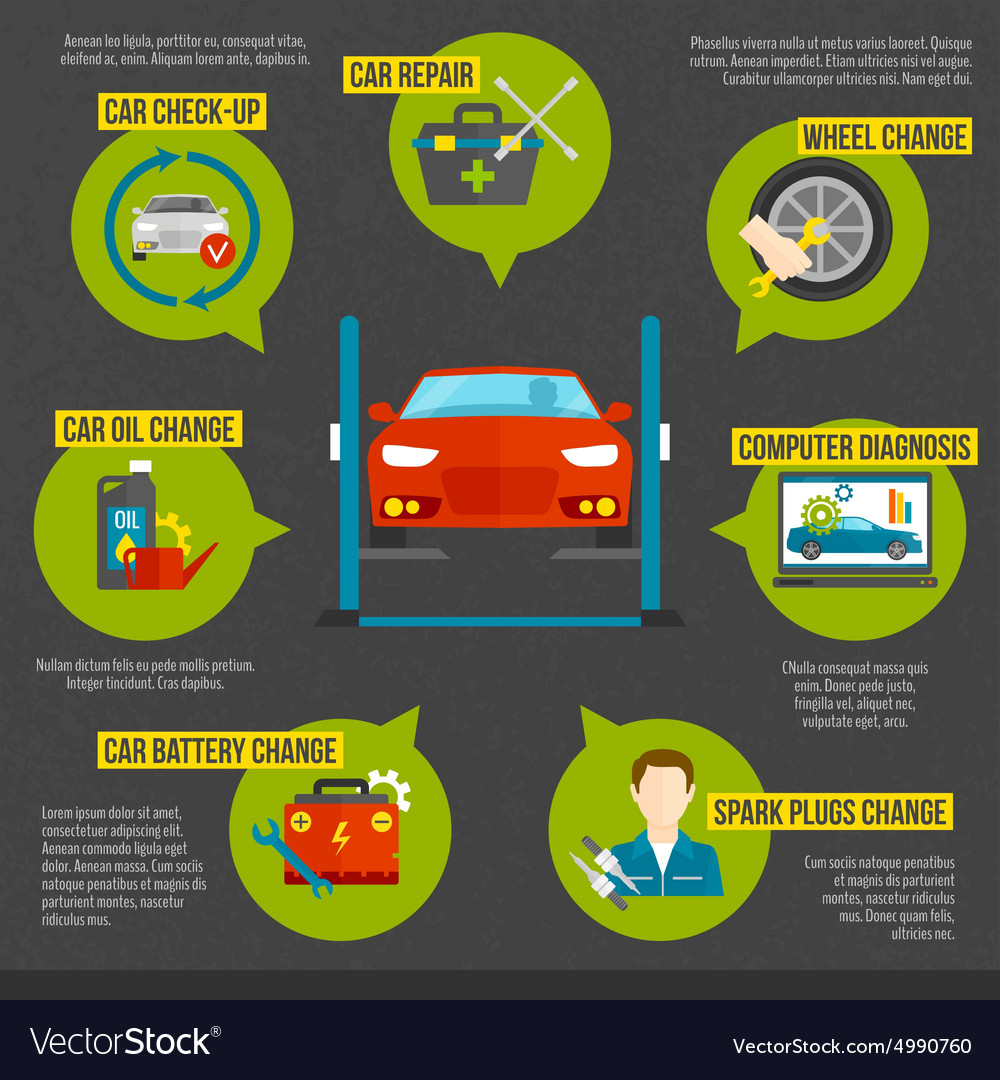Eager To Understand What The Control Panel Caution Lights In Your Cars And Truck Symbolize? Discover Their Definitions For The Wellness And Safety And Security Of Your Automobile
Eager To Understand What The Control Panel Caution Lights In Your Cars And Truck Symbolize? Discover Their Definitions For The Wellness And Safety And Security Of Your Automobile
Blog Article
Authored By-Vinson Gilbert
When you lag the wheel, those beautiful caution lights on your control panel can be a little bit difficult. Do you recognize what they're attempting to inform you concerning your auto's health and wellness? Understanding the relevance of these lights is important for your safety and security and the long life of your car. So, the next time among those lights pops up, wouldn't you intend to decipher its message precisely and take the essential steps to address it?
Common Warning Lights and Interpretations
Recognize common caution lights in your automobile and comprehend their significances to ensure risk-free driving.
One of the most normal caution lights include the check engine light, which signals concerns with the engine or exhausts system. If this light begins, it's crucial to have your automobile examined promptly.
The oil stress advising light shows reduced oil stress, requiring instant focus to stop engine damage.
A blinking battery light may suggest a malfunctioning billing system, potentially leaving you stranded if not dealt with.
car and boat detailing near me monitoring system (TPMS) light notifies you to low tire stress, impacting vehicle security and fuel performance. Overlooking this might lead to dangerous driving problems.
The abdominal light indicates a problem with the anti-lock braking system, compromising your capability to quit rapidly in emergencies.
Finally, the coolant temperature level warning light warns of engine overheating, which can lead to serious damages if not settled quickly.
Recognizing these typical caution lights will assist you address problems immediately and preserve secure driving conditions.
Value of Prompt Focus
Recognizing the typical warning lights in your vehicle is only the initial step; the importance of promptly resolving these cautions can not be stressed sufficient to ensure your safety when driving.
When a warning light brightens on your control panel, it's your auto's way of interacting a possible issue that requires attention. Neglecting these cautions can lead to much more extreme problems down the road, endangering your safety and potentially costing you extra in repairs.
Motivate attention to advising lights can stop malfunctions and crashes. For example, a flashing check engine light could suggest a misfire that, if left ignored, might create damage to the catalytic converter. Resolving this immediately can conserve you from an expensive repair work.
Similarly, a brake system advising light could indicate low brake liquid or worn brake pads, essential components for your safety and security when driving.
DIY Troubleshooting Tips
If you see a caution light on your control panel, there are a couple of DIY troubleshooting suggestions you can try prior to seeking professional help.
top notch car detailing is to consult your auto's guidebook to understand what the specific warning light shows. Often the problem can be as easy as a loose gas cap triggering the check engine light. Tightening the gas cap may settle the issue.
Another common issue is a low battery, which can set off different warning lights. Inspecting the battery links for deterioration and guaranteeing they're secure may deal with the issue.
If a warning light persists, you can attempt resetting it by disconnecting the car's battery for a few mins and afterwards reconnecting it. In addition, checking your vehicle's fluid levels, such as oil, coolant, and brake liquid, can aid repair cautioning lights associated with these systems.
Conclusion
In conclusion, comprehending your vehicle's warning lights is essential for maintaining your car running efficiently and securely. By promptly attending to these signals and recognizing what they indicate, you can stay clear of pricey fixings and potential breakdowns.
Remember to consult your vehicle's guidebook for particular details on each cautioning light and act accordingly to make sure a trouble-free driving experience.
Stay informed, remain secure when traveling!
